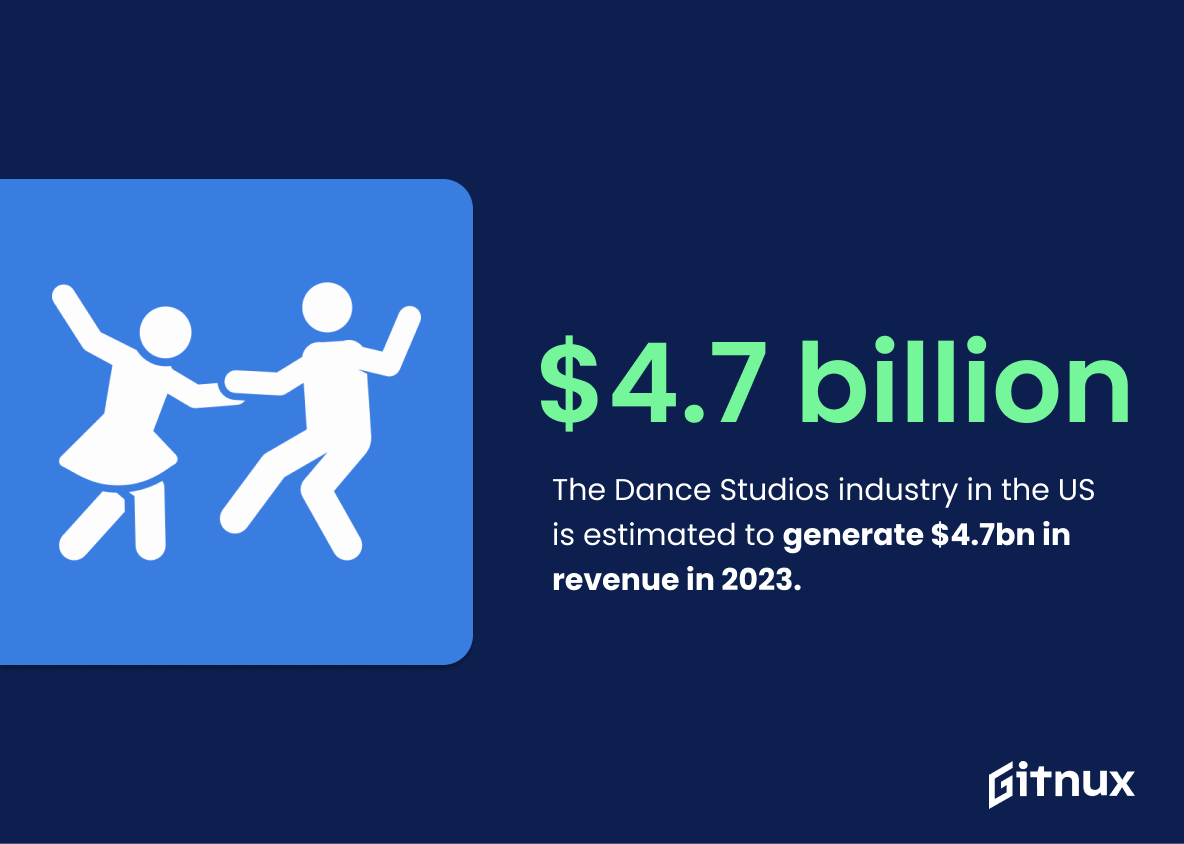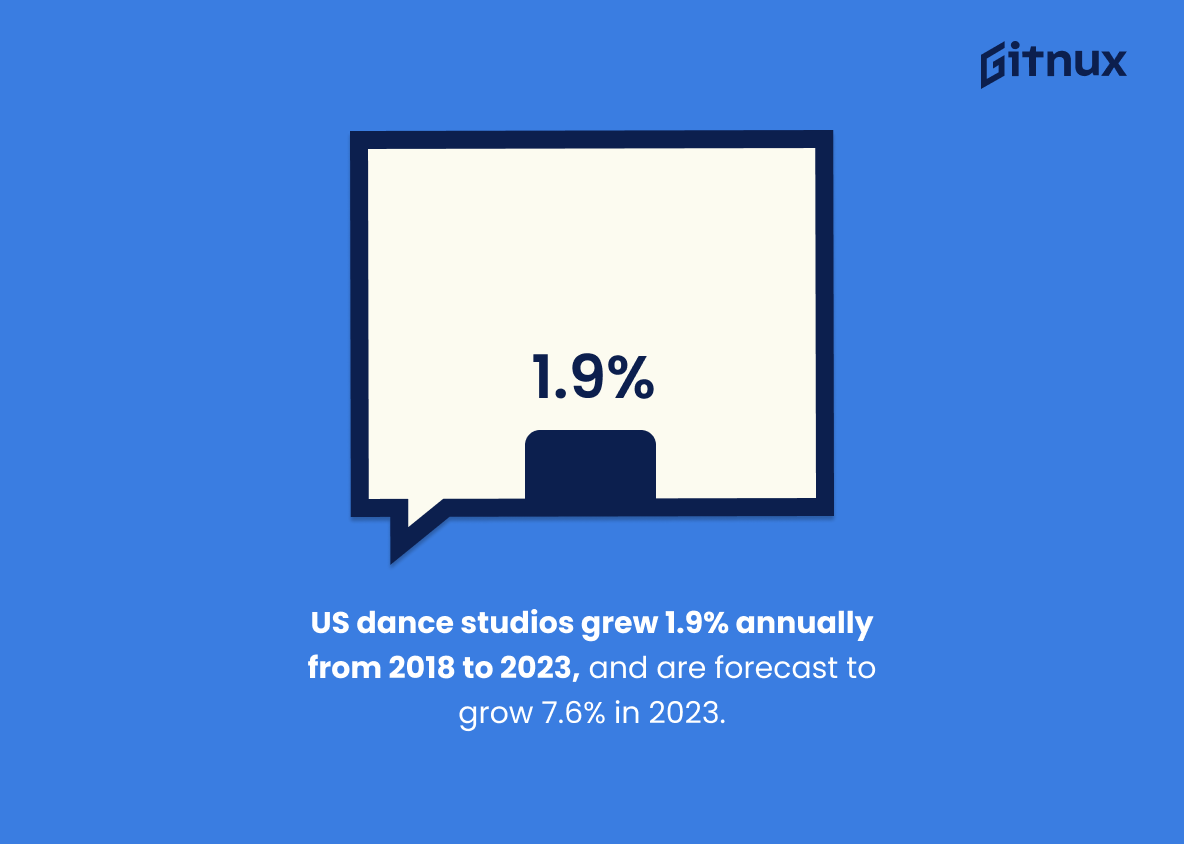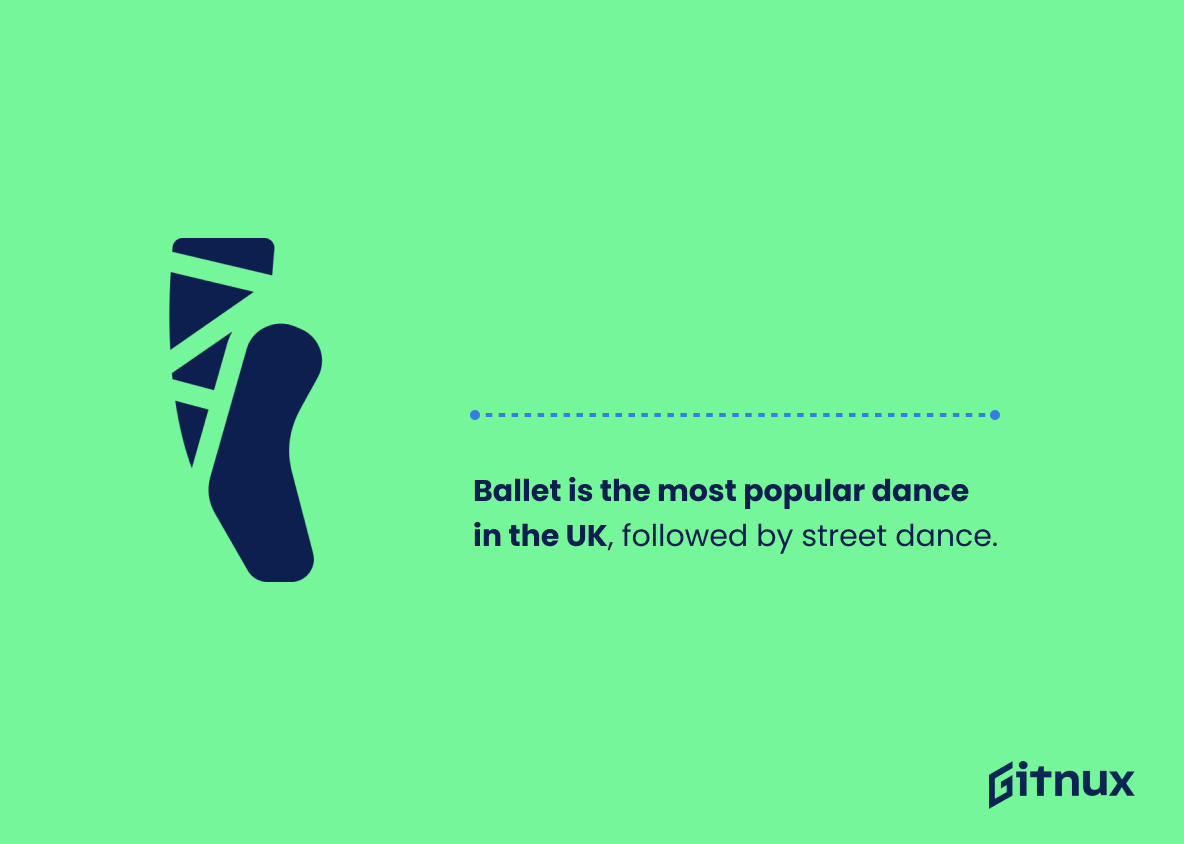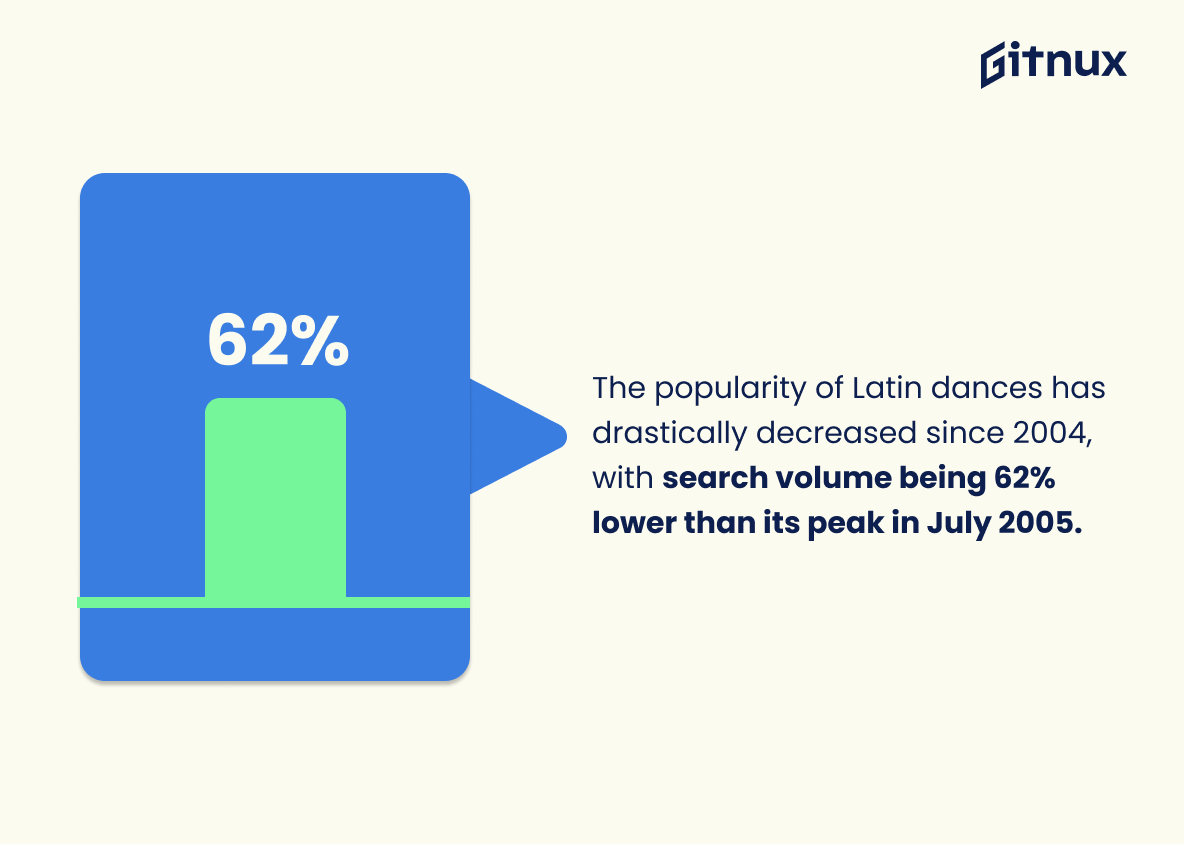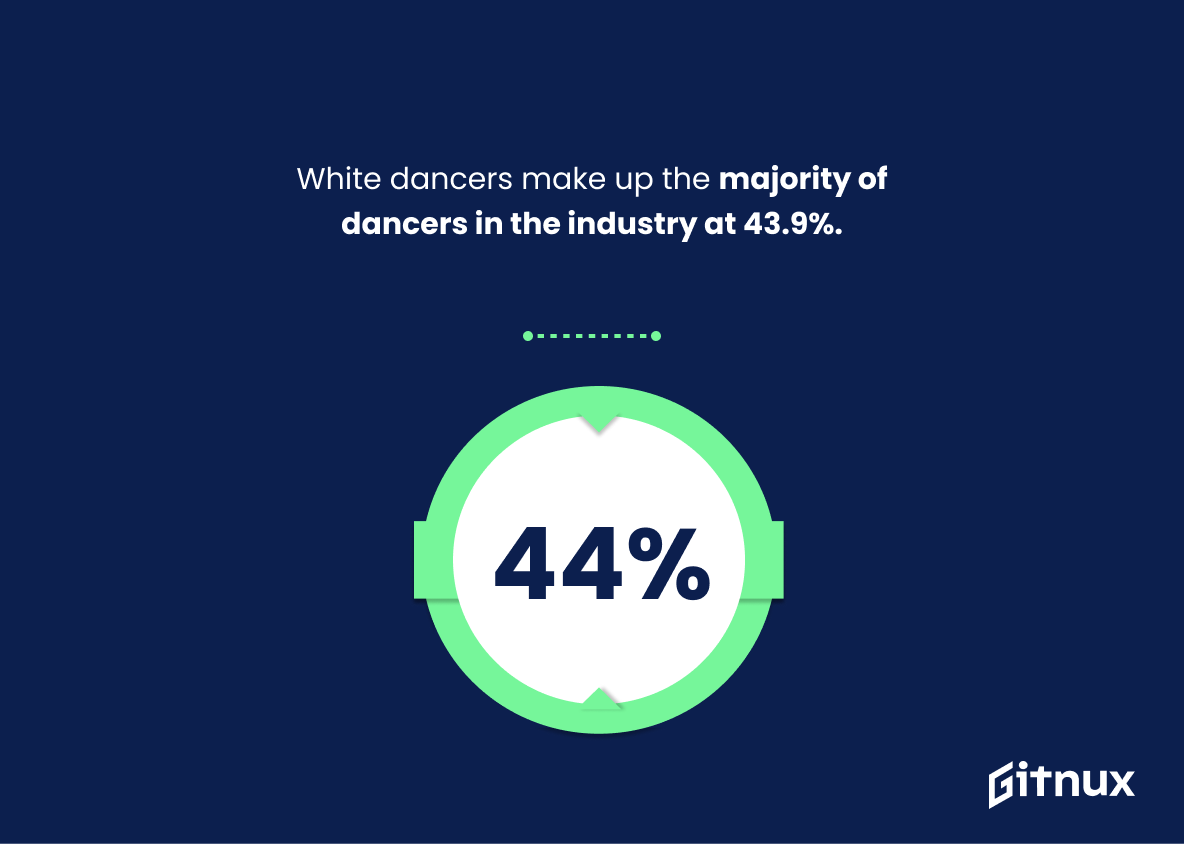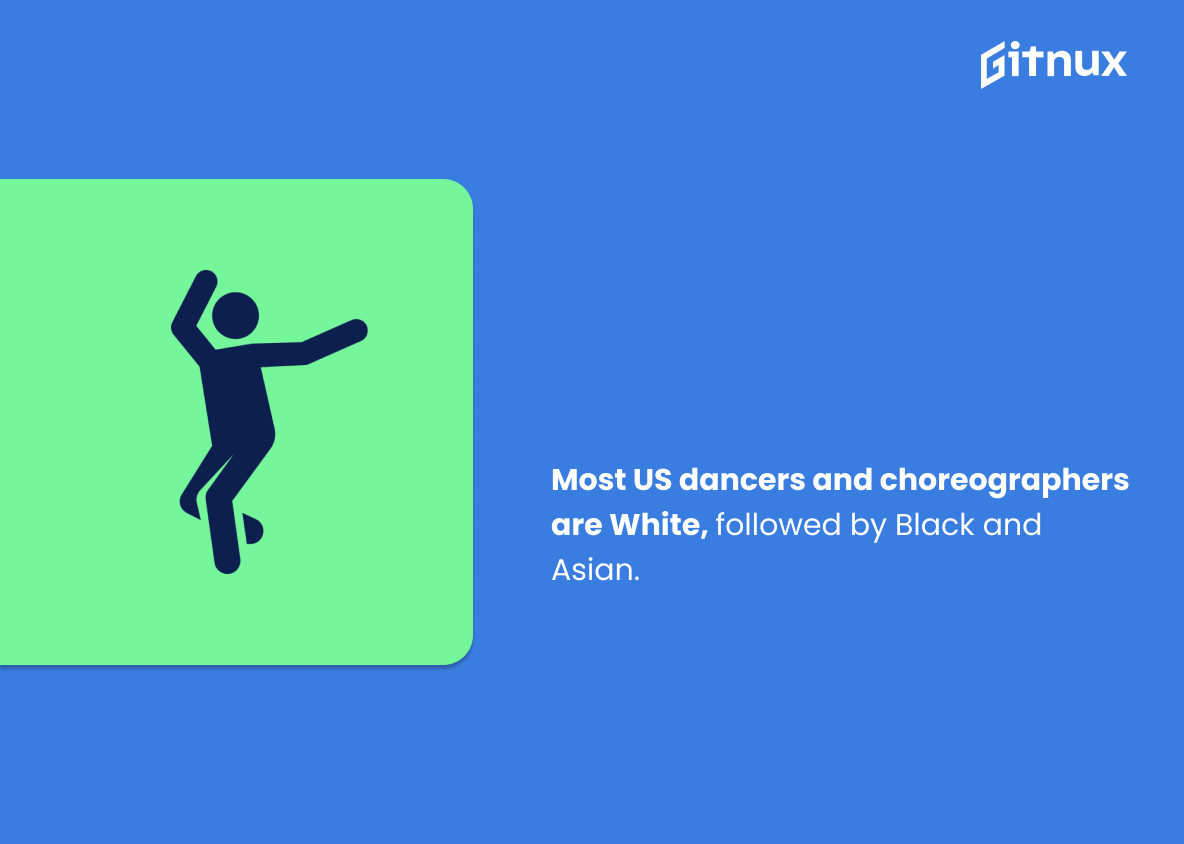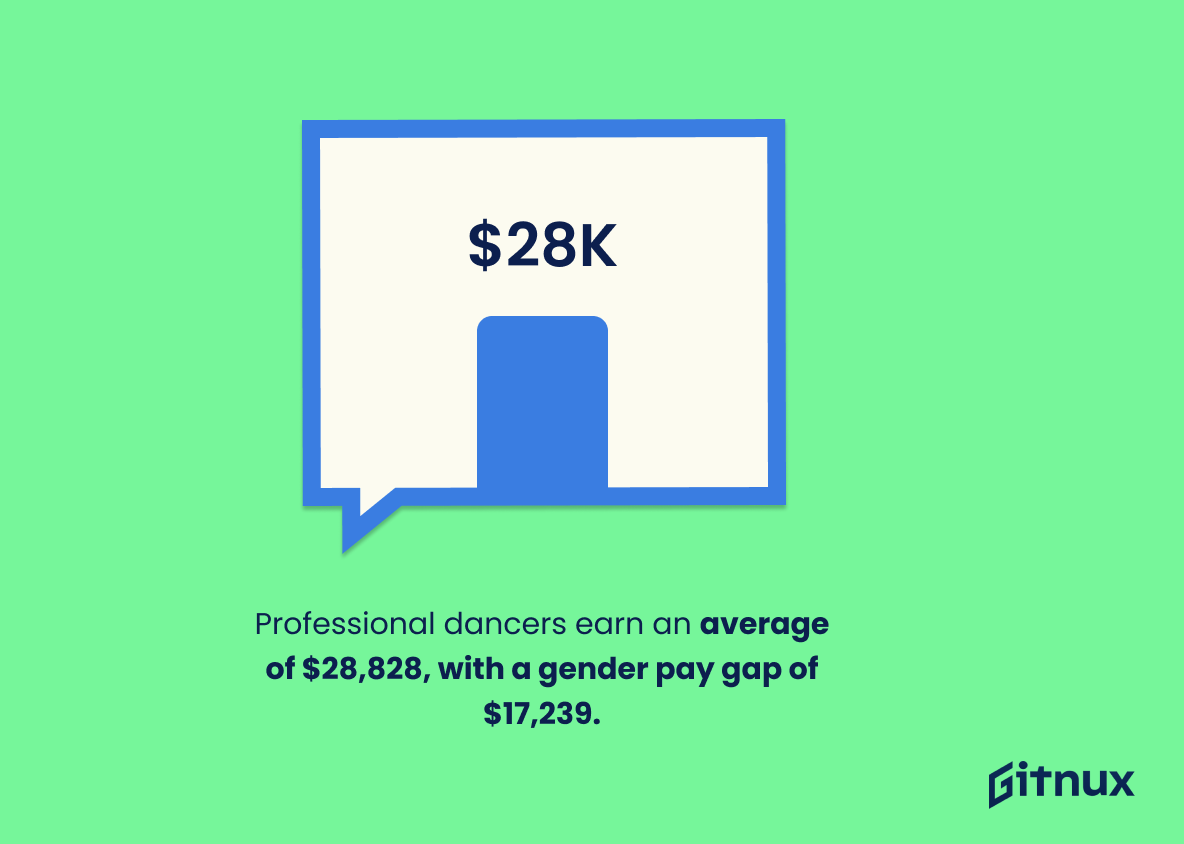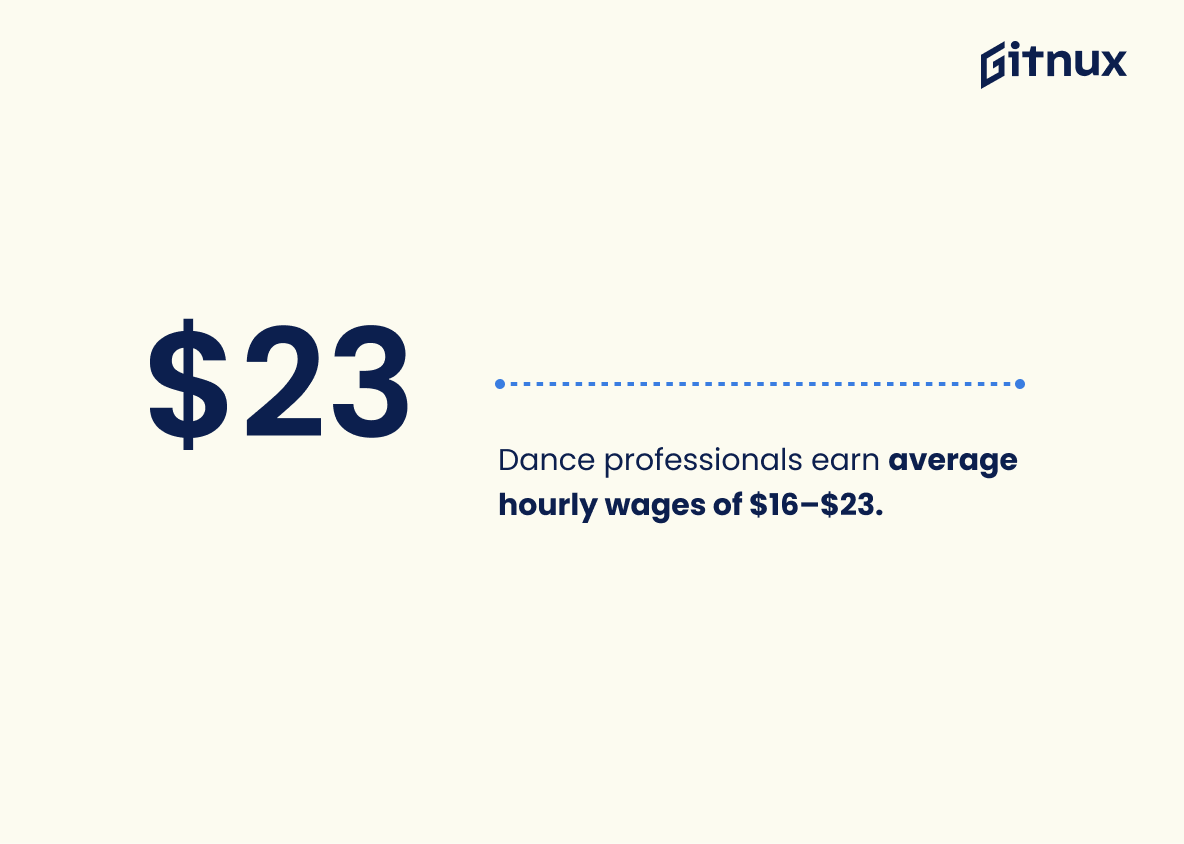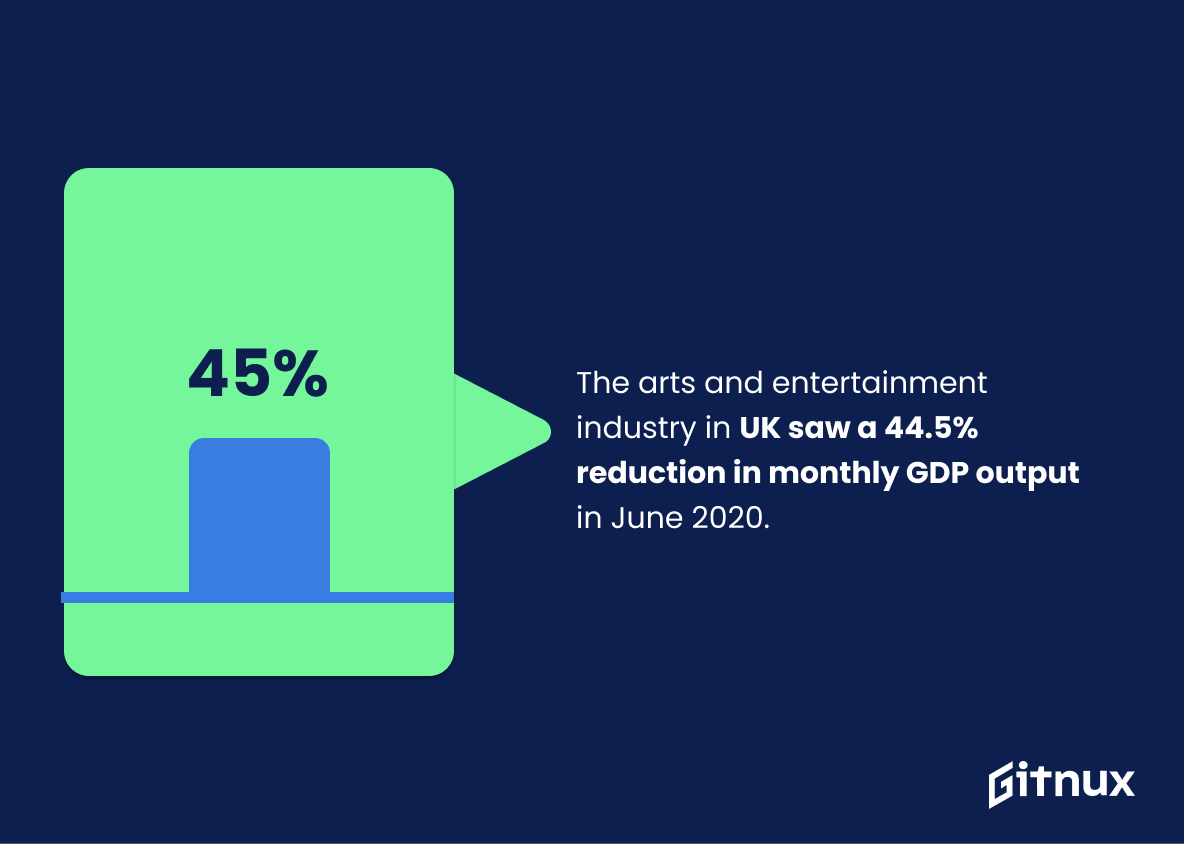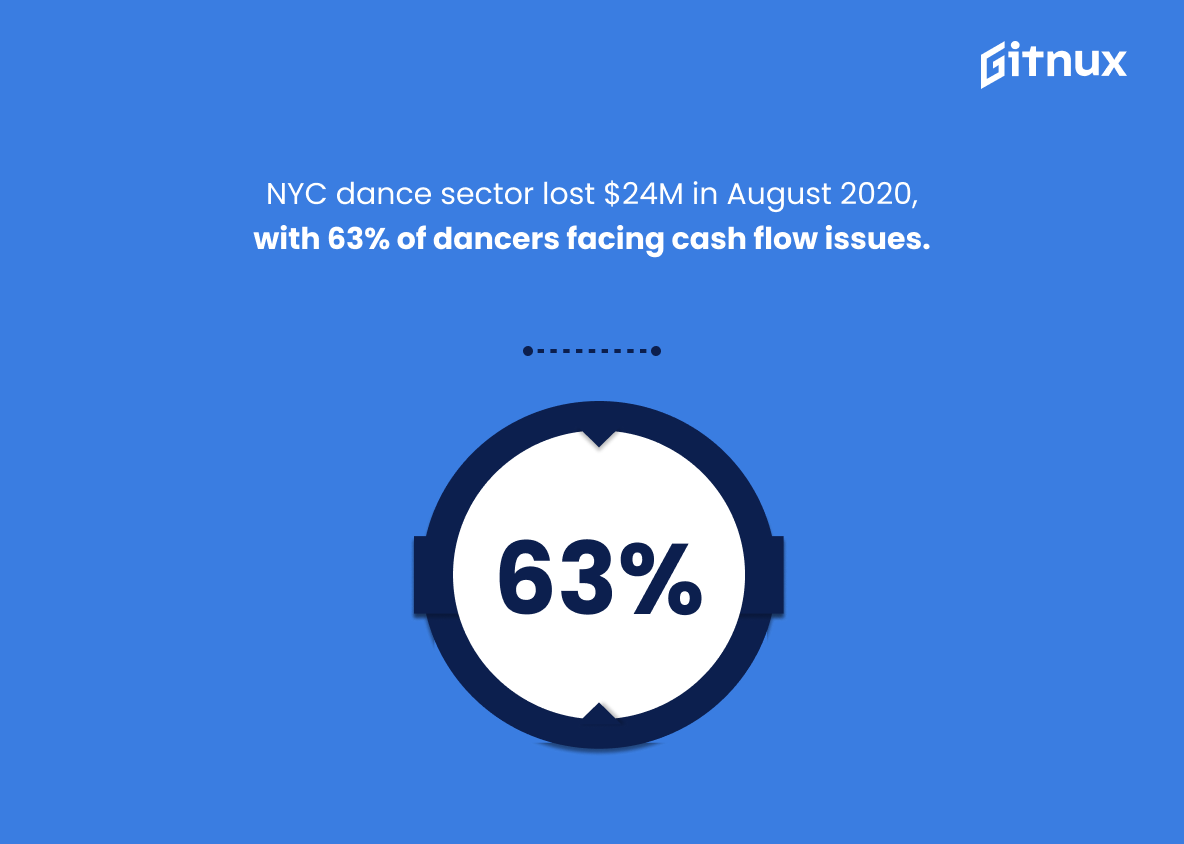Welcome to our blog post about the latest dance industry statistics. We’re here to provide you with the most up-to-date information about the dance industry, including its size, growth, and trends.
We’ll also discuss how the industry is changing and what that means for dancers, dance teachers, and dance companies.
Dance Industry: Most Important Statistics
The popularity of Latin dances has drastically decreased since 2004, with search volume being 62% lower than its peak in July 2005.
The average salary of a professional dancer is $28,828 a year ($5,008 margin of error), with men earning an average of $42,551 a year and women earning an average of $25,312 a year.
Dance Industry: Statistics Overview
The Dance Studios industry in the US is estimated to generate $4.7bn in revenue in 2023.
This provides insight into the financial health of the Dance Studios industry in the US. It can be used to compare the performance of the industry to other sectors and to track the growth of the industry over time.
It can also be used to inform decisions about investment in the industry and to identify potential opportunities for growth.
The Dance Studios industry in the US has grown 1.9% per year on average between 2018 and 2023, and is expected to increase 7.6% in 2023.
The Dance Studios industry is growing steadily and is expected to continue to grow in the coming years. This is significant for businesses in the Dance Studios industry, as it indicates that there is potential for growth and expansion.
Additionally, this statistic can be used to inform decisions about investments, marketing strategies, and other aspects of running a successful business in the Dance Studios industry.
Ballet is the most popular form of dance in the UK, with 19,000 searches a month on average, followed by Street dance with 13,100 searches a month.
This provides insight into the most popular forms of dance in the UK, which can help inform decisions and strategies related to marketing, programming, and other initiatives.
The popularity of Latin dances has drastically decreased since 2004, with search volume being 62% lower than its peak in July 2005.
This indicates a decline in interest in Latin dance styles.
The majority of dancers and choreographers in the USA are White/Caucasian, followed by Black/non-Hispanic and then Asian.
There is still a need for more representation of different races and ethnicities.
White dancers make up the majority of dancers in the industry at 43.9%.
This matters because it shows that the Dance Industry is not representative of the overall population, which could lead to a lack of diversity in the industry.
The average salary of a professional dancer is $28,828 a year ($5,008 margin of error), with men earning an average of $42,551 a year and women earning an average of $25,312 a year.
This shows the gender wage gap that exists within the profession, with men earning significantly more than women.
This information can be used to inform policy and initiatives that aim to close the gender wage gap in the dance industry.
Professional dancers make an average of $16.31 an hour, choreographers make an average of $22.98 an hour, and dance instructors make an average of $20.98 an hour, according to studies done in May 2018.
This provides insight into the average hourly wages of different roles within the industry, which can be used to inform decisions about wages and salaries for dancers, choreographers, and instructors.
The arts and entertainment industry in UK saw a 44.5% reduction in monthly GDP output in the three months up to June 2020.
This shows the drastic impact that the Coronavirus pandemic has had on the dance industry in UK. The reduction in GDP output indicates a significant decrease in the industry’s overall economic activity, which has been further compounded by the 35% decrease in public investment in the arts over the last decade.
This has had a devastating effect on the livelihoods of dancers, as well as the wider dance industry.
Nearly $24 million in revenue was lost for NYC dance organizations in August 2020, and 63% of professional dancers reported cash flow issues, with only 8% having insurance coverage.
This highlights the financial strain that the pandemic has caused for the dance industry, and the lack of resources available to help dancers and organizations offset the effects of the pandemic. This statistic is a reminder of the need for increased support for the dance industry in order to ensure its sustainability.
Conclusion
In conclusion, the dance industry is a vibrant and growing sector of the entertainment industry. It is estimated that the global dance industry is worth $10 billion and is expected to grow to $14 billion by 2022. The industry is highly competitive, with dancers competing for jobs and opportunities.
The industry is also highly diverse, with dancers from all backgrounds and styles of dance. With the right resources and support, dancers can find success in the industry. As the industry continues to grow, it is important to stay informed about the latest industry trends and statistics.
References
1 – https://www.ibisworld.com/industry-statistics/market-size/dance-studios-united-states/#:~:text=The%20market%20size%2C%20measured%20by,to%20increase%207.6%25%20in%202023.
2 – https://www.ibisworld.com/industry-statistics/market-size/dance-studios-united-states/#:~:text=The%20market%20size%2C%20measured%20by,to%20increase%207.6%25%20in%202023.
3 – https://www.dancewearcentral.co.uk/blog/dance-makes-us-happy-the-statistics/
4 – https://golatindance.com/3-charts-that-explain-how-our-latin-dance-community-is-changing/
5 – https://www.rookieroad.com/dance/list-dance-statistics/
6 – https://www.zippia.com/dancer-jobs/demographics/
7 – https://www.rookieroad.com/dance/list-dance-statistics/
8 – https://www.rookieroad.com/dance/list-dance-statistics/
9 – https://www.dancewearcentral.co.uk/blog/dance-makes-us-happy-the-statistics/
10 – https://www.thestudiodirector.com/blog/dance-studio-industry-stats/
